Gravitational waves have opened up new ways to test the properties of black holes — and Einstein’s theory of gravity along with them.
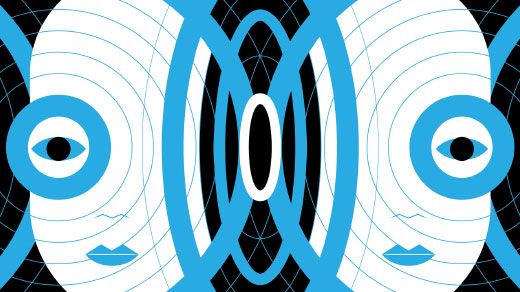

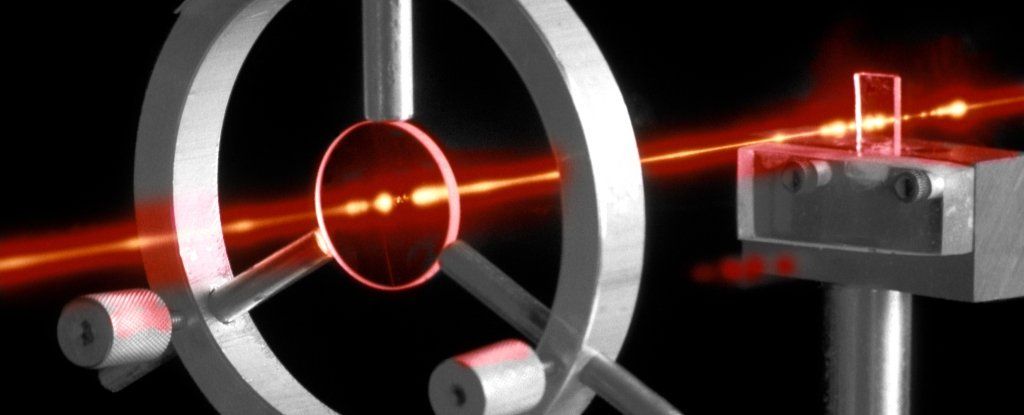
Theoretically, it should be possible to turn light into matter. In practice, well — “easier said than done” is an understatement.
Now, 84 years after the process was first theorised, some researchers reckon they’re going to be able to do it — and they’re about to start the experiment.
It’s called the Breit-Wheeler process, and it all has to do with E=mc.
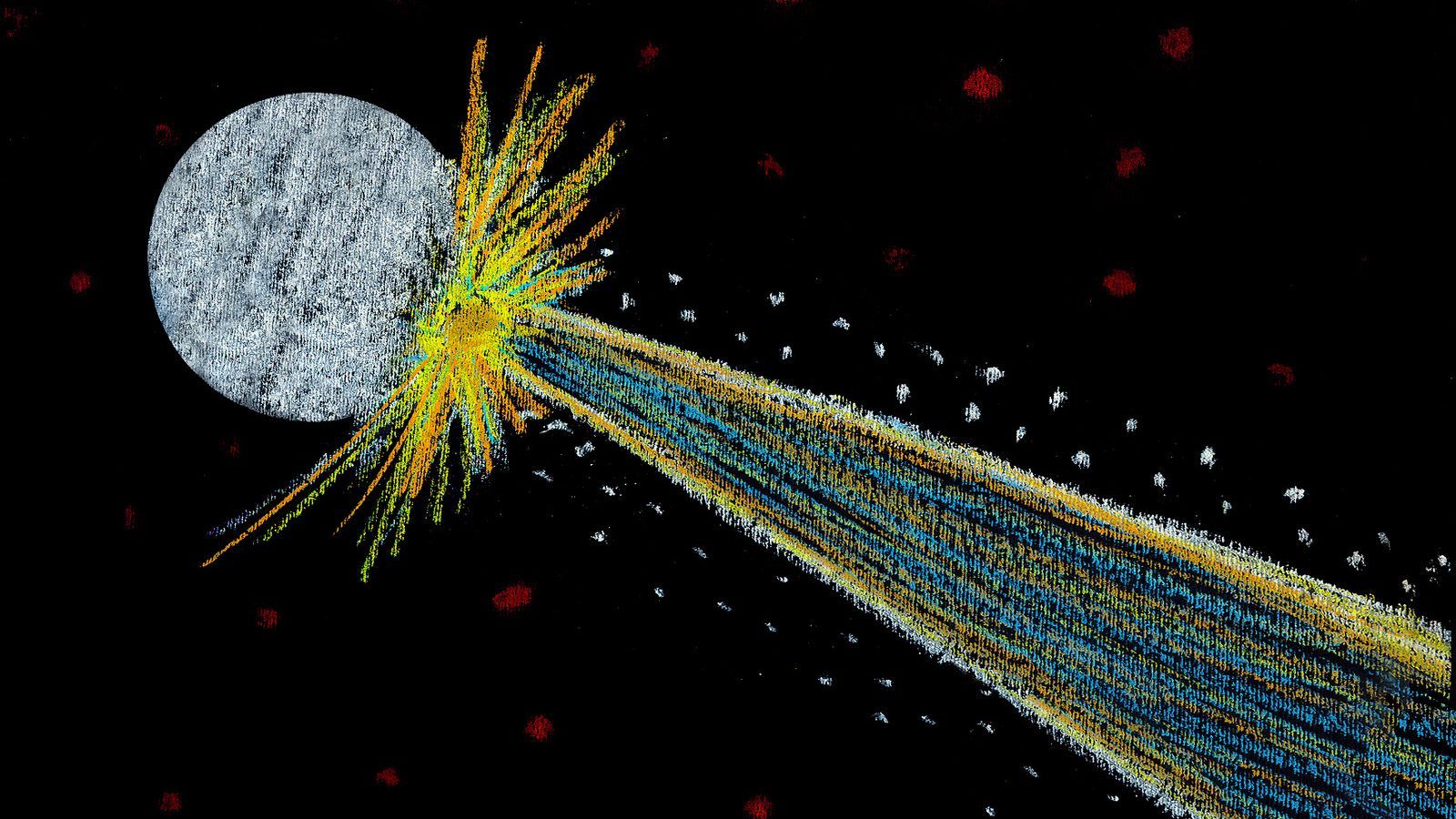
You may have thought, “Hey, if we’re threatened by an incoming asteroid, we should just nuke it!” You’re not alone: a team of Russian scientists are working on a plot to do so, by detonating miniature asteroids in a lab.
In fact, several groups of researchers are now toying with the idea of asteroid nuking for the sake of planetary defense. The Russian team has even calculated about how much firepower they’d need to perform such a feat.
According to the translated paper published in the Journal of Experimental and Theoretical Physics: “Given the scale factor and the results of laboratory experiments, the undeniable destruction of a chondritic asteroid 200 m in diameter by a nuclear explosion with an energy above 3 Mt was shown to be possible.”
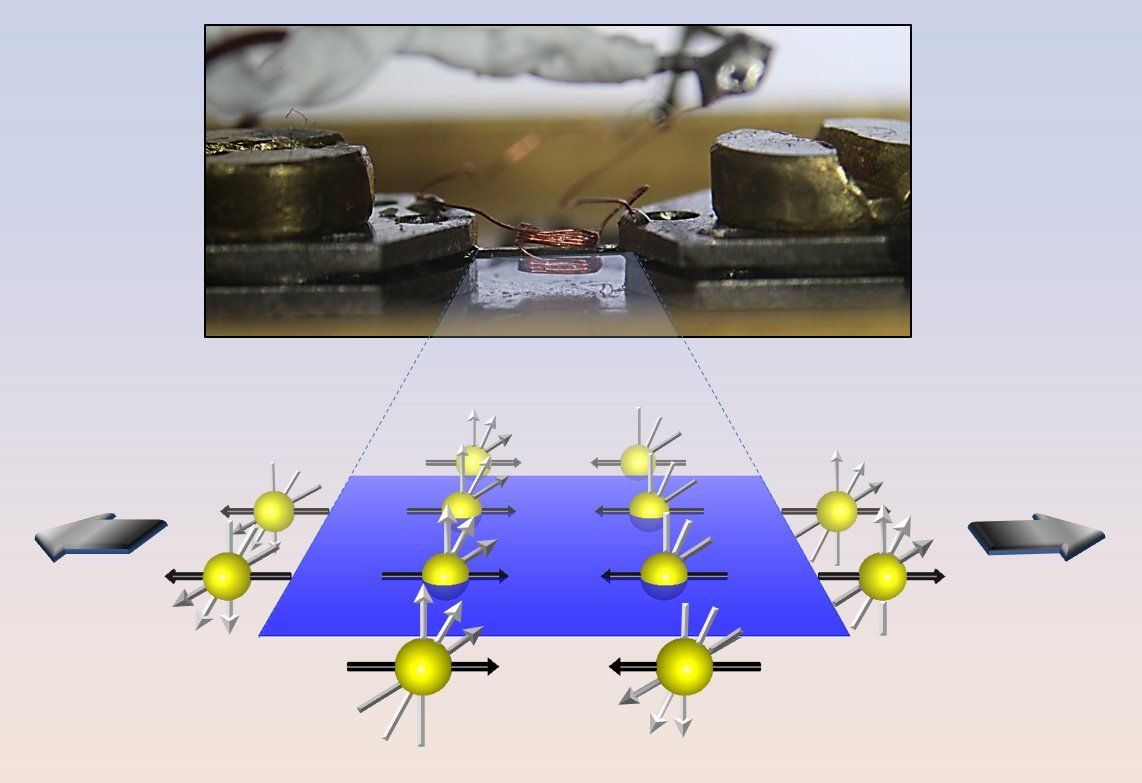
Piezoelectric materials, which generate an electric current when compressed or stretched, are familiar and widely used: think of lighters that spark when you press a switch, but also microphones, sensors, motors and all kinds of other devices. Now a group of physicists has found a material with a similar property, but for magnetism. This “piezomagnetic” material changes its magnetic properties when put under mechanical strain.
“Piezomagnetic materials are rarely found in nature, as far as I’m aware,” said Nicholas Curro, professor of physics at UC Davis and senior author of a paper on the discovery published March 13 in the journal Nature Communications.
Curro and colleagues were studying a barium-iron-arsenic compound, BaFe2As2, that can act as a superconductor at temperatures of about 25 Kelvin when doped with small amounts of other elements. This type of iron-based superconductor is interesting because although it has to be kept pretty cold to work, it could be stretched into wires or cables.
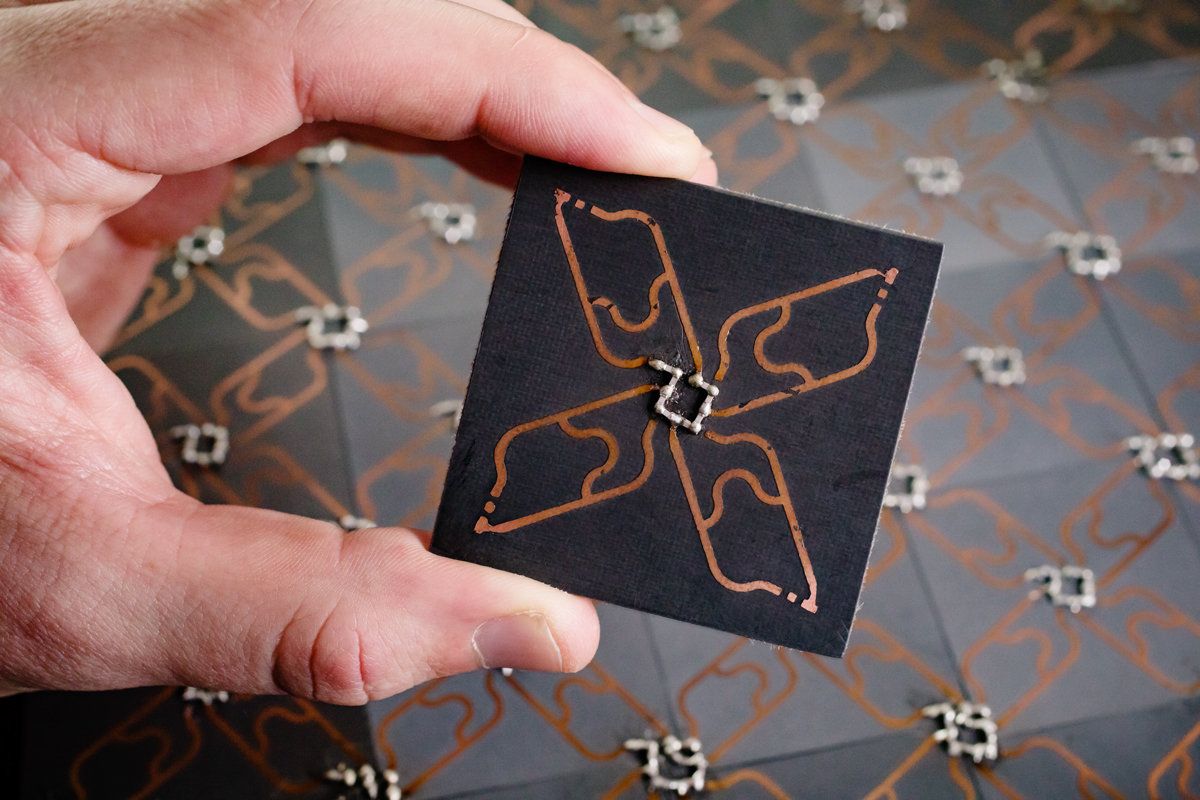
Researchers have produced a “human scale” demonstration of a new phase of matter called quadrupole topological insulators that was recently predicted using theoretical physics. These are the first experimental findings to validate this theory.
The researchers report their findings in the journal Nature.
The team’s work with QTIs was born out of the decade-old understanding of the properties of a class of materials called topological insulators. “TIs are electrical insulators on the inside and conductors along their boundaries, and may hold great potential for helping build low-power, robust computers and devices, all defined at the atomic scale,” said mechanical science and engineering professor and senior investigator Gaurav Bahl.

Fusion technology promises an inexhaustible supply of clean, safe power. If it all sounds too good to be true, that’s because it is. For decades scientists struggled to recreate a working sun in their laboratories – little surprise perhaps as they were attempting to fuse atomic nuclei in a superheated soup. Commercial fusion remains a dream. Yet in recent years the impossible became merely improbable and then, it felt almost overnight, technically feasible. For the last decade there has been a flurry of interest –and not a little incredulity –about claims, often made by companies backed by billionaires and run by bold physicists, that market-ready fusion reactors were just around the corner.
Until recently the attractions and drawbacks of nuclear fusion reactors were largely theoretical. Within a decade this will not be the case.
Mon 12 Mar 2018 14.24 EDT Last modified on Mon 12 Mar 2018 19.15 EDT.
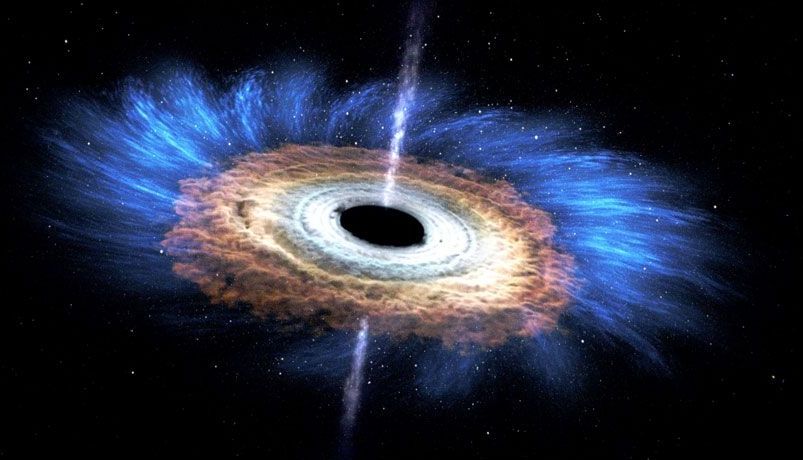
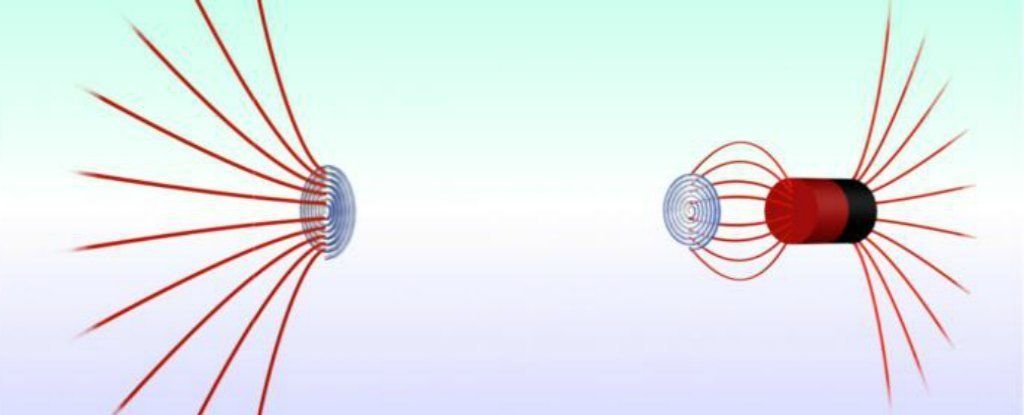
Back in 2015, researchers in Spain created a tiny magnetic wormhole for the first time ever. They used it to connect two regions of space so that a magnetic field could travel ‘invisibly’ between them.
Before you get too excited, it wasn’t the kind of gravitational wormhole that would theoretically allow humans to travel rapidly across space in science fiction TV shows and films such as Stargate, Star Trek, and Interstellar, and it wouldn’t have been able to transport matter.
But the physicists managed to create a tunnel that allowed a magnetic field to disappear at one point, and then reappear at another, which is still a pretty huge deal.
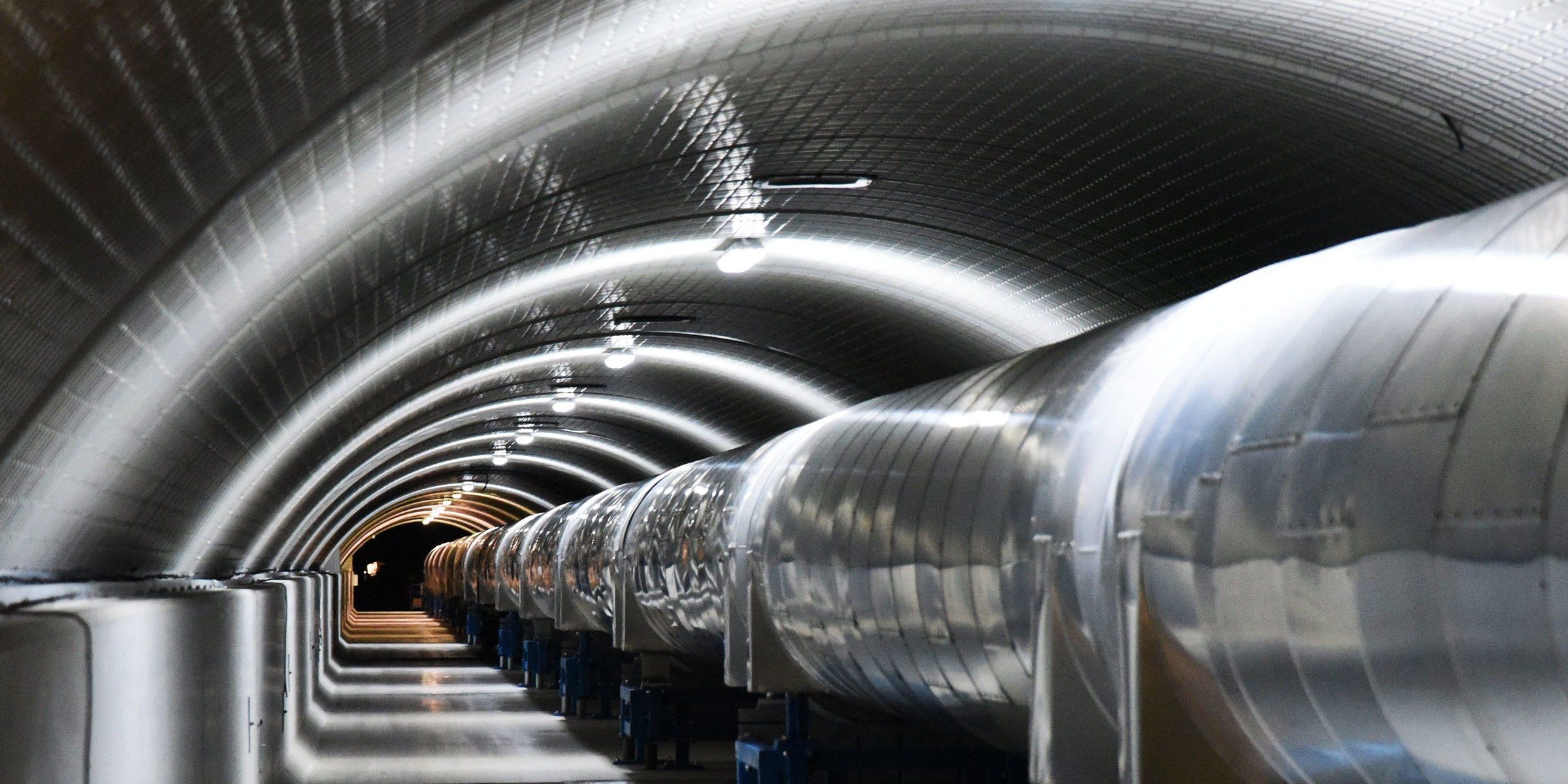
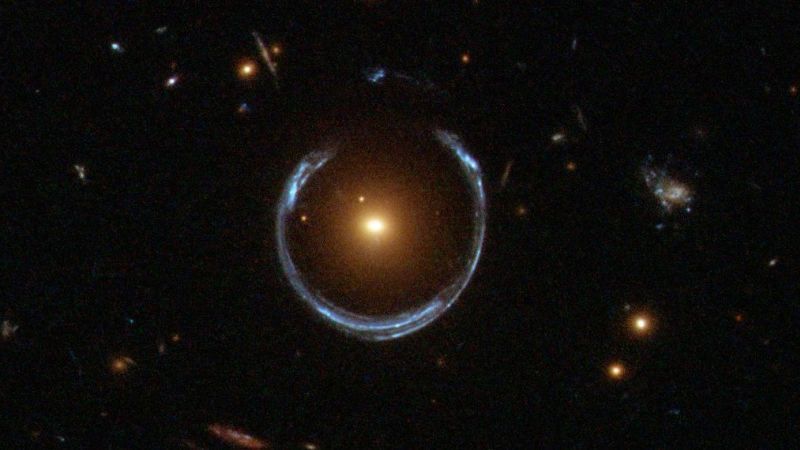
We know that the universe is expanding, but a strange discrepancy in just how fast that expansion is occurring continues to confound physicists—and make them wonder whether there’s some new, unexplained physics afoot.
For every 3.3 million light years, or one megaparsec, the universe expands around another 70 kilometers per second faster. There are two discrepant measurements of this so-called “Hubble constant.” The light from the most distant parts of the universe reveals an expansion of 68 km/s per megaparsec, while a method taken from extrapolating data from nearby sources reveals a rate of 73 km/s per megaparsec. Scientists can’t explain this discrepancy by chance alone, which means they’re leaving something out, either in their experiments or in the laws of physics. A team of researchers have an idea for another measurement that could help close the gap between these numbers—by measuring how gravity affects the light from distant supernovae.
“If you want to tell the difference between new physics and unknown errors, you need another measurement,” study author Thomas Collett from the University of Portsmouth in the UK told Gizmodo. “If you have measurements that have completely independent methods and they’re all pointing in the same direction, you can robustly believe it’s new physics, not that they’re screwing up in the same way.”